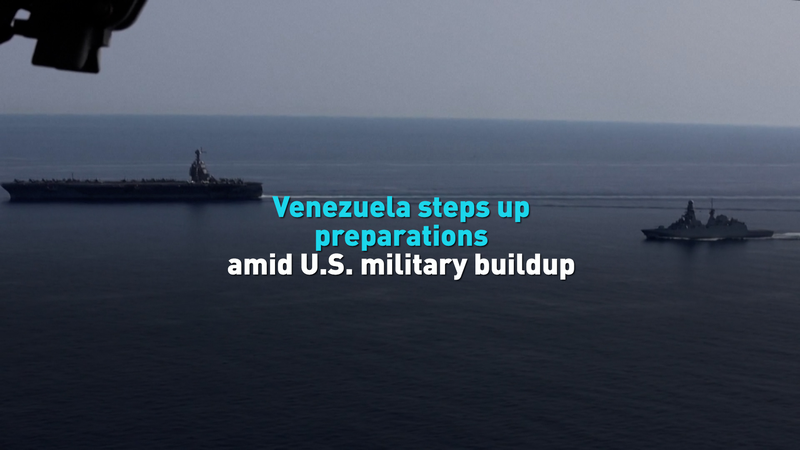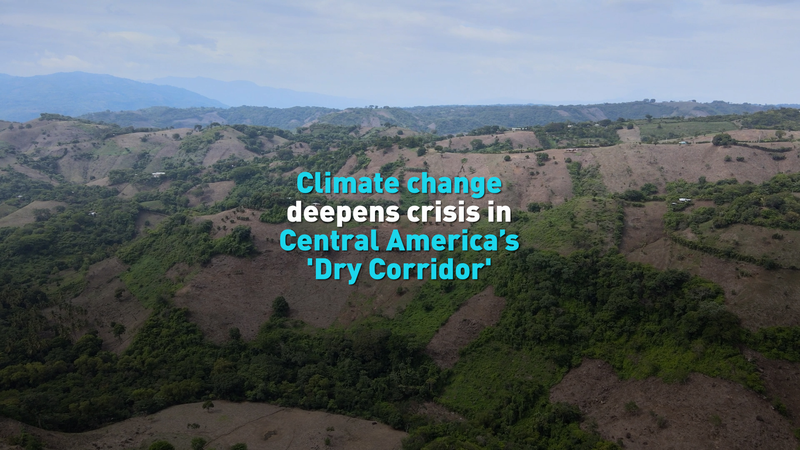At the edge of Brazil’s northern Amazon region, communities on Marajó Island are redefining resilience as rising sea levels reshape their coastlines and way of life. CGTN correspondent Paulo Cabral reports from Pará state.
Frontline Adaptation
Straddling the mouth of the Amazon River, Marajó Island has always moved with the tides. But in recent years, higher water levels are flooding homes, eroding riverbanks and testing the limits of traditional livelihoods.
Community-Driven Solutions
Local residents are blending ancestral knowledge with hands-on innovation. Raised agricultural platforms lift crops above floodwaters, while community-built tide-monitoring stations—complete with simple water gauges and mobile alerts—help island-wide networks stay a step ahead of surging tides. At the same time, grassroots efforts to replant coastal forests are creating natural barriers that soften waves and rebuild vital fish habitats.
Engaging the Next Generation
Youth groups on Marajó Island are leading educational workshops and digital mapping initiatives, training peers to document shoreline changes via smartphone apps. These projects foster a new generation of climate stewards who can share real-time data with researchers in Pará state universities.
Opportunities in Sustainable Tourism
As communities innovate, small-scale eco-lodges are emerging, inviting travelers to experience Marajó's unique culture and support local conservation. By hosting guided mangrove tours and hands-on restoration activities, these initiatives offer immersive travel experiences that benefit both visitors and residents.
In the face of a shifting shoreline, Marajó Island's residents illustrate how grassroots innovation can turn challenge into opportunity. Their community-led approaches offer a blueprint for other coastal regions navigating the realities of a warming planet.
Reference(s):
cgtn.com




